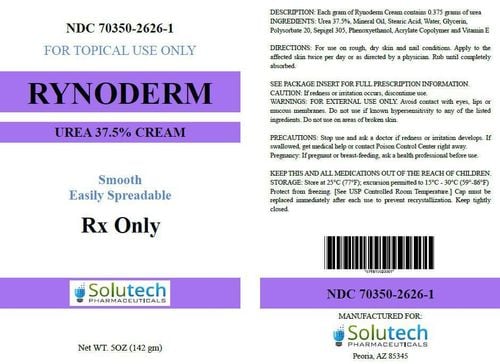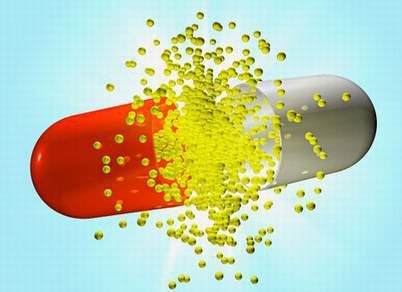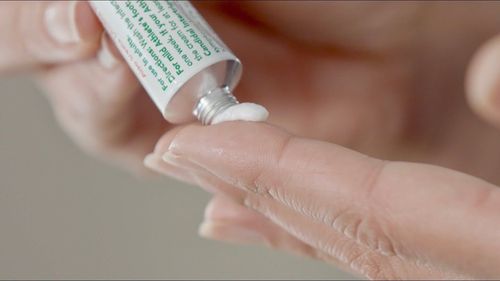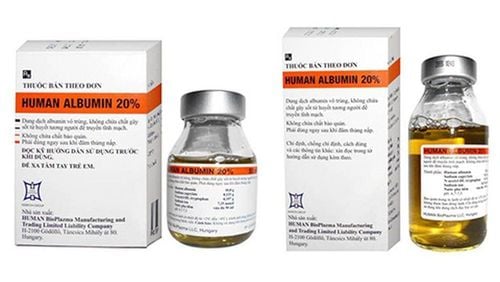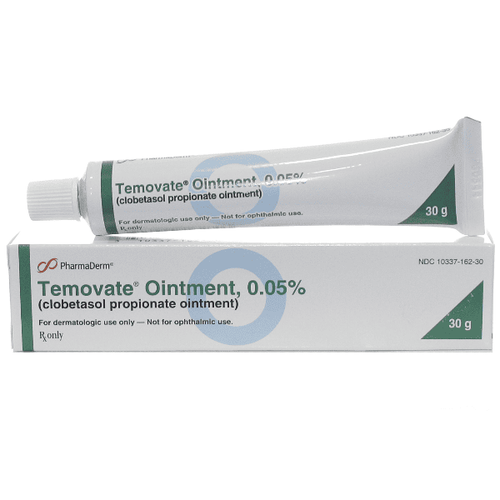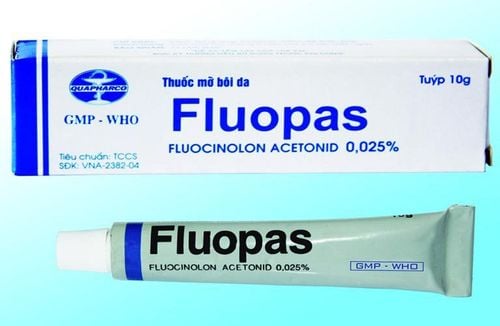This is an automatically translated article.
The process of drug absorption plays a very important role, directly affecting the therapeutic effect of the drug. There are many different routes of drug absorption, whereby each route of drug absorption has its own advantages and disadvantages.
1. What is drug absorption?
What is drug absorption? Drug absorption is the process by which a drug travels from the site of the drug to the blood or lymph. The absorption process plays a very important role, directly affecting the therapeutic effect of the drug. There are many factors affecting drug absorption such as:
Physical and chemical properties of the drug such as: solubility, acid-base of the drug, drug concentration at the site of absorption, properties of excipients of drugs;... Drug preparation techniques such as: rapid-acting tablets, extended-release tablets, suppositories, transdermal patches, injection solutions,... Circulation where the drug is absorbed : The more developed the capillary system at the site of absorption, the easier it is to absorb the drug. The surface of the drug absorption site: the larger the surface of the absorption site (such as lung epithelium, alveoli, ...) the faster the absorption. The small intestine is absorbed faster than the stomach because of its wide absorptive surface and high blood flow. There are many different routes of drug absorption such as absorption of drugs through the skin, absorption of drugs through the digestive tract, absorption of drugs through the respiratory system, through infusion, ... Each route of drug absorption has advantages and disadvantages, requires the physician to be well-versed in choosing the route of drug absorption in accordance with the therapeutic purpose and the nature of the drug.
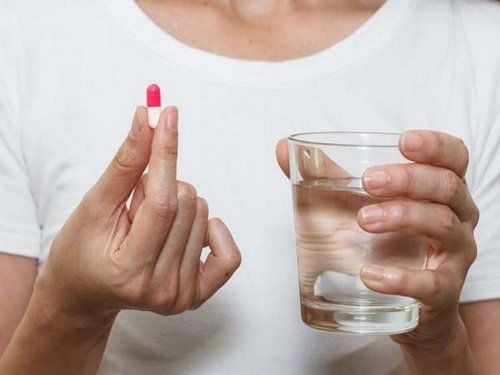
Cơ thể có thể hấp thụ thuốc thông qua nhiều đường
2. Drug absorption routes
2.1. Absorption of drugs through the skin
From the outside to the inside, the skin consists of 3 main layers including epidermis, epidermis and dermis. Drugs absorbed through the skin can cause effects from superficial to deep and systemic effects, specifically:
Drugs with skin effects include: ointments, plasters, massage drugs Locally acting drugs : antiseptics, antifungals Drugs that penetrate deep into the dermis: drugs containing essential oils, salicylates, hormones Systemic drugs: such as scopolamine anti-motion sickness patches, nitroglycerin patches, estraderm patches (containing estradiol) post-menopausal treatment),... The process of drug absorption through the skin depends on factors such as:
The nature of the skin where the drug is applied or more precisely, the thickness of the stratum corneum of the skin. For example, facial skin has a thin horny layer, skin with psoriasis, skin that has been scratched with the stratum corneum, etc., the drug will be more easily absorbed than other areas of the skin. Type of excipients used in drug formulation: lipophilic excipients suitable for dry, inflamed skin. While the wound is inflamed and oozing pus, it is advisable to use water-based excipients. Age: the drug penetrates the skin of children faster than the skin of adults because the stratum corneum of children's skin is thinner than that of adults. To speed up drug absorption through the skin, can rub, massage to expand sweat glands, pores. High-frequency live sound techniques can be used to push some drugs such as dexamethasone, lidocaine, phenylbutazone,... deep into the subcutaneous surface.
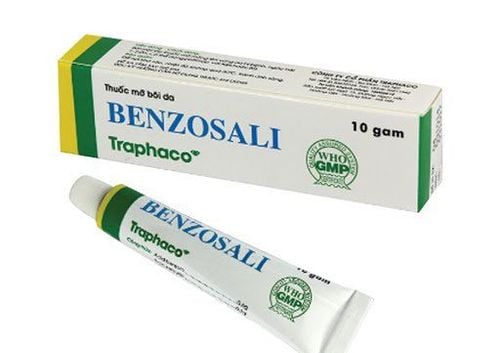
Thuốc mỡ được hấp thụ qua đường da
2.2. Absorption of drugs orally
Oral drugs are the most convenient, economical and safe route of administration. However, absorption from the gastrointestinal tract also has many disadvantages such as:
Slow absorption rate, not suitable for emergency cases. The drug can be destroyed by the effect of gastric pH, gastrointestinal enzymes. Drug absorption may be affected by food. Some drugs are reduced absorption due to food such as Ampicillin, Aspirin, Tetracycline, iron,... Besides, there are also many drugs that increase absorption with food such as Griseofulvin, Carbamazepin, Metoprolol,... In addition, Changes in gastrointestinal motility may affect drug absorption. Diarrhea that increases bowel movements too strongly can also reduce drug absorption.
2.3. Absorption of drugs through the respiratory tract
Drugs absorbed through the nasopharynx include: local antiseptics (nebulizers), vasoconstrictor drugs to treat nasal congestion, ... to help promote local effects.
Drugs that are absorbed through the lining of the trachea, bronchi, and alveoli are inhaled drugs such as volatile anesthetics, essential oils, aerosols for asthma treatment,... The advantages of inhaled drugs are: The drug is concentrated in the lungs more than in other places, so the dose is small, the onset of action is fast, and there are few side effects.

Khí dung điều trị hen suyễn là một thuốc hấp thu thuốc qua đường hô hấp
2.4. Absorption of drugs through injection
Drugs used by injection have the advantage of being absorbed directly, so they have a quick effect, can be used in emergencies, the dose is smaller than the oral dose. Can be applied to drugs with unpleasant odor, insoluble in lipids, easily destroyed when taken orally, used for patients with vomiting, coma. However, the disadvantage of this route of absorption is that it requires high aseptic conditions, is performed by qualified people, is expensive, causes pain, and has a high risk of complications.
Techniques of drug delivery by injection include subcutaneous injection, intramuscular injection, intravenous injection. In particular, with intravenous injection, the drug penetrates directly into the bloodstream, no longer absorbed, used in emergency cases, the dose is accurate and controlled.
Please dial HOTLINE for more information or register for an appointment HERE. Download MyVinmec app to make appointments faster and to manage your bookings easily.
References: msdmanuals.com, news-medical.net, merckmanuals.com




